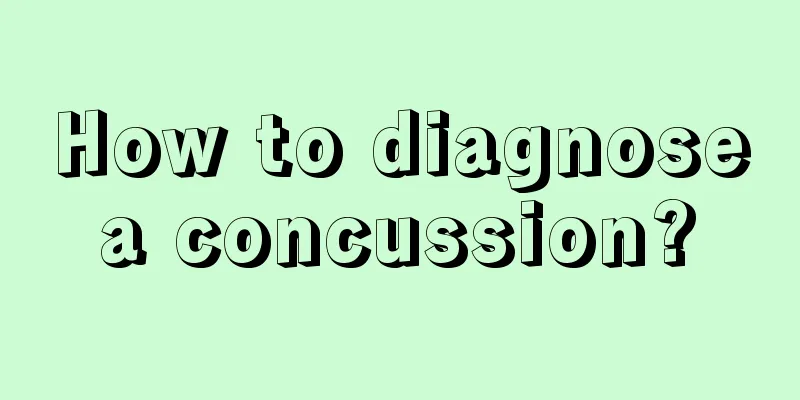Symptoms of demyelinating myelitis_Symptoms of spinal demyelinating lesions

|
Demyelinating myelitis is a relatively serious disease. Patients need to pay attention to their daily lives during treatment, avoid spicy and greasy foods, and do some simple light exercises, but avoid overly intense exercise. Some exercises may be irritating to demyelinating myelitis and may even cause a relapse. So we should avoid these exercises. So, what are the symptoms of demyelinating myelitis? 1. Demyelinating disease occurs when the myelin sheath of the axons of the brain and spinal cord is lost. There are two types of causes: myelin destruction; myelin formation disorders. Myelitis and demyelinating disease are currently considered to be immune-mediated diseases, and their clinical features are: ① All patients are children and young adults; ②Acute onset, often with a history of cold, fever, infection, rash, vaccination, cold, childbirth or surgery one month before the onset of the disease; ③ Comprehensive neurological examination can often find evidence of central nervous system involvement in addition to spinal cord symptoms and signs; ④Positive oligoclonal bands in cerebrospinal fluid examination; ⑤ Electrophysiology and MRI can detect some subclinical lesions in the brain; MRI can detect abnormal signals in the white matter of the brain. Some inflammatory demyelinating lesions of the spinal cord present as "pseudotumor-like" lesions, with mild space-occupying effect and mild surrounding edema on MRI, and may have flake-like hemorrhage signals, which can easily be misdiagnosed as spinal cord tumors. Current medical treatment is ineffective. Therefore, neurosurgery intervention is inevitable and necessary. 2. Symptoms and Signs Demyelinating myelitis is mostly acute multiple sclerosis (MS) spinal cord type. The clinical manifestations are similar to post-infectious myelitis, but the progression is slower, and the disease often reaches its peak within 1-3 weeks. The prodromal infection may not be obvious, and is mostly an incomplete transverse lesion, manifested by weakness or paralysis of one or both lower limbs, accompanied by numbness, the level of sensory impairment is not obvious or there are two planes, and urinary and bowel disorders occur. Evoked potentials and MRI examinations may reveal lesions in other parts of the CNS. 3. Causes of Disease The cause is unknown. IV. Treatment Plan There is no specific treatment for this disease, and the main treatments include alleviating spinal cord damage, preventing and treating complications, and promoting functional recovery. Drug treatment: ① corticosteroids; ② immunoglobulin; ③ antibiotics; ④ B vitamins help restore nerve function. |
<<: Symptoms of shoulder blade dislocation
>>: Drugs that nourish the liver, kidneys, and qi and blood
Recommend
What is the reason for vomiting at night
In daily life, many people have experienced vomit...
What are the precautions for preventing lymphoma?
When lymphoma is discovered, it is basically in t...
What to do if you want to commit suicide, how to adjust yourself
Many people in life are under various pressures. ...
Is the mortality rate of melanoma high?
Melanoma is a serious chronic skin cancer, which ...
Methods of eliminating accessory breasts through exercise
After puberty, many female friends will have a pr...
What foods can help grow hair?
Hair growth has a natural rate and generally cann...
Which treatment for cervical cancer is the best?
What is the best way to treat cervical cancer? Ce...
12-month-old baby's sleep time
A 12-month-old baby, that is, a one-year-old baby...
How to divide small cell lung cancer into limited stage and extensive stage
Small cell lung cancer can usually be divided int...
How to take care of nasopharyngeal carcinoma after radiotherapy? Are there any dietary taboos?
Usually, many patients with nasopharyngeal cancer...
There is a white hair on the leg
It is normal to have hair on the body, especially...
Crayfish allergy symptoms and prevention measures
For people with allergic constitution, if they ea...
What are the hazards of sewage to human body
Due to the rapid development of social economy, w...
What are the folk remedies for treating epilepsy?
Epilepsy is a chronic brain disease that has a si...
The spicy pepper is even worse after washing with vinegar
Chili is a very important seasoning in our cookin...









